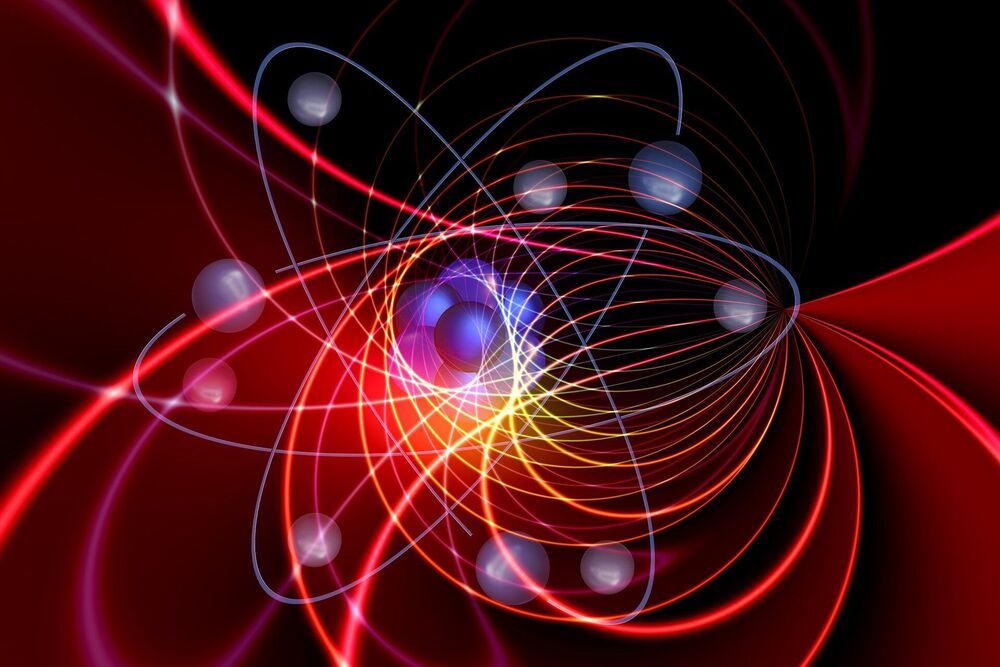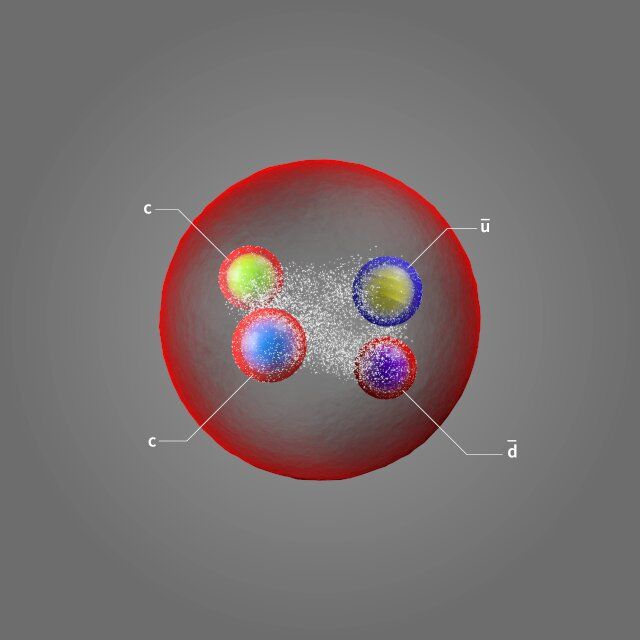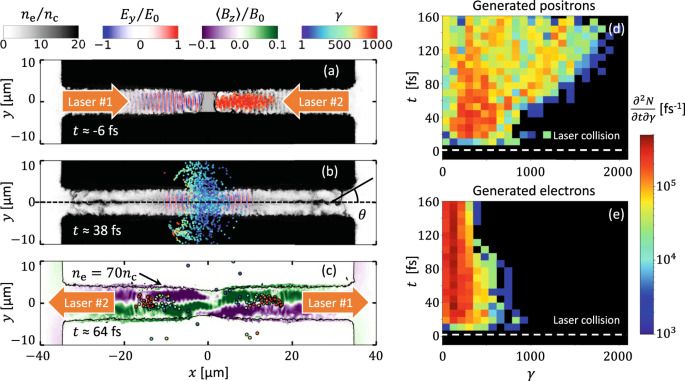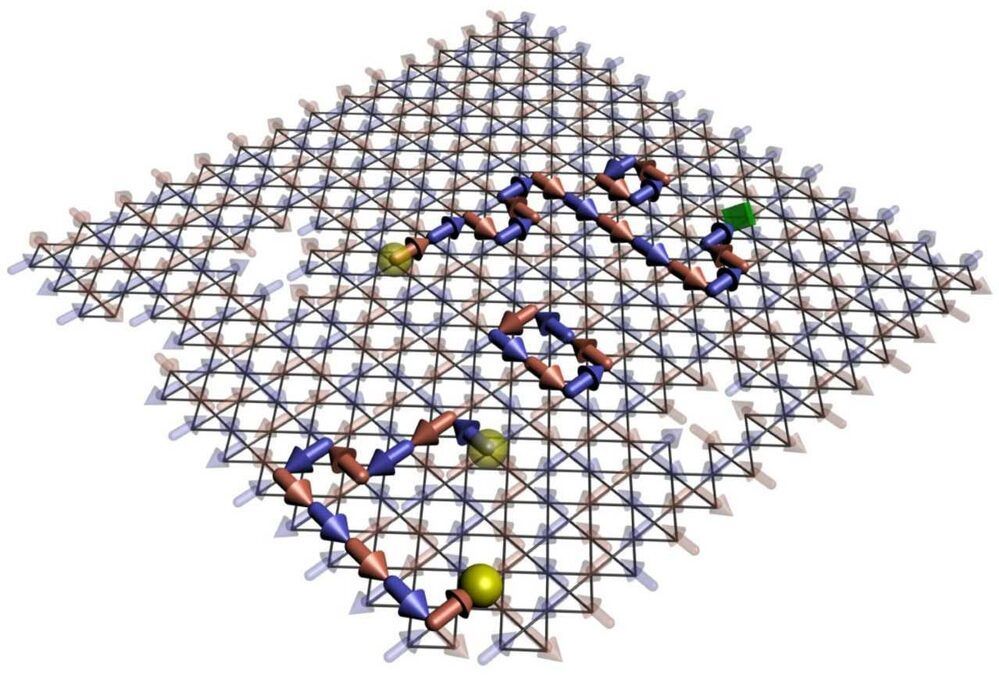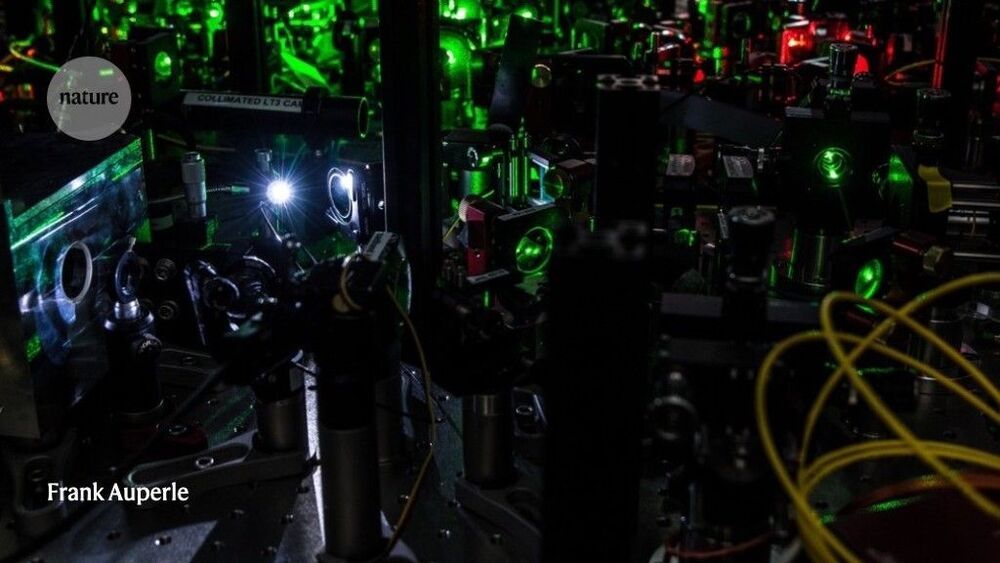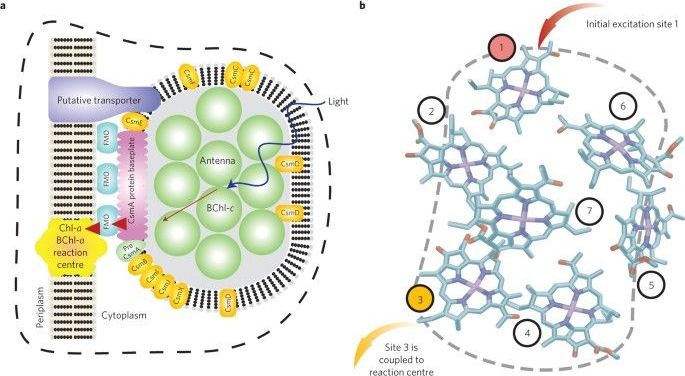Electrons in metals try to behave like obedient motorists, but they end up more like bumper cars. They may be reckless drivers, but a new Cornell-led study confirms this chaos has a limit established by the laws of quantum mechanics.
The team’s paper, “T-Linear Resistivity From an Isotropic Planckian Scattering Rate,” written in collaboration with researchers led by Louis Taillefer from the University of Sherbrooke in Canada, published July 28 in Nature. The paper’s lead author is Gael Grissonnanche, a postdoctoral fellow with the Kavli Institute at Cornell for Nanoscale Science.
Metals carry electric current when electrons all move together in tandem. In most metals, such as the copper and gold used for electrical wiring, the electrons try to avoid each other and flow in unison. However, in the case of certain “strange” metals, this harmony is broken and electrons dissipate energy by bouncing off each other at the fastest rate possible. The laws of quantum mechanics essentially play the role of an electron traffic cop, dictating an upper limit on how often these collisions can occur. Scientists previously observed this limit on the collision rate, also known as the “Planckian limit,” but there is no concrete theory that explains why the limit should exist, nor was it known how electrons reach this limit in strange metals. So Ramshaw and his collaborators set out to carefully measure it.
